If you’ve flown twin-engine training, you know the rhythm: simulate the failure, secure the engine, configure for OEI, and fly the airplane. On May 9, 2022, a Diamond DA42 (N988JA) over Lehighton, Pennsylvania, turned that script into a real emergency when a simulated right-engine shutdown didn’t make it cleanly back to “both engines operating.” The crew—an instructor in the right seat, a commercial pilot receiving multi-engine training in the left, and a pilot-rated observer in the back—walked away with minor injuries after a forced landing in a field. The airplane didn’t fare as well. And the why here was not complicated: checklist discipline and role clarity broke down, and a windmilling propeller did what windmilling props always do—rob performance until there’s nowhere to go but down.
Who Was Flying and What They Brought to the Cockpit
The instructor was a 65-year-old commercial pilot and multi-engine instructor with about 2,973 total hours and over 2,800 as PIC. His recent time was minimal—about seven hours in the prior 30 and 90 days. The pilot receiving instruction was 22, a commercial pilot and flight instructor (single-engine and instrument), with 1,208 total hours but only about nine hours in the DA42. The observer in back was a private pilot with roughly 273 hours. Those numbers matter: the student had experience overall, but very little in-type; the instructor had deep total time and the right ratings, but had flown very little recently.
The Plan and the Setup
This was a Part 91 instructional flight for a Part 141 school, launched VMC with 10 miles visibility, winds out of 080° at 13 knots, and a standard pressure day—no weather traps hiding in the weeds. Departure and destination were Allentown Queen City (XLL), and the accident site ended up northwest of there near Lehighton. The airplane was a 2009 DA42 L360, a four-seat, light twin with Lycoming IO-360-M1A engines. All of that set the stage for a fairly routine multi-engine lesson.
The Simulated Failure That Didn’t End as Simulated
At about 5,000 feet MSL, the crew shut down the right engine to simulate a failure. They feathered and secured it, then attempted a restart. That’s when the plan stopped going to plan. The right engine would turn, and the propeller kept rotating, but the crew reported it wouldn’t make power. The airplane began to descend. The instructor and student kept troubleshooting, talking to ATC, and trying to make the restart stick, while also aiming for the nearest airport. Descent rates were on the order of 500 feet per minute, and control got progressively more demanding.
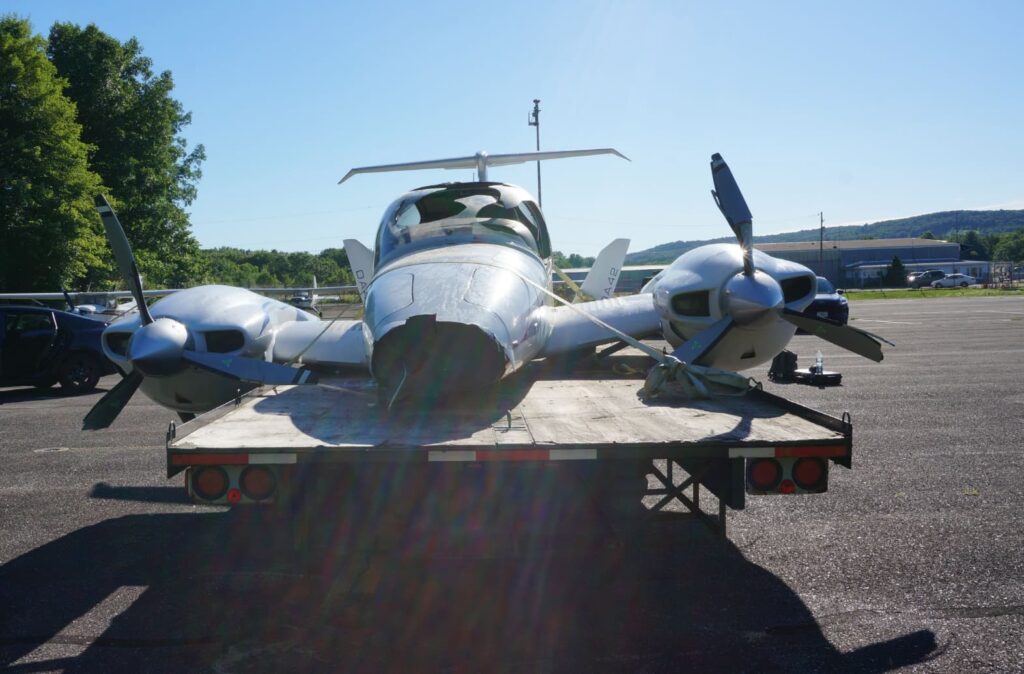
A Back-Seat View That Says a Lot
The pilot-rated passenger gave a telling account: he didn’t hear checklist items being called out or verified; he noticed the right propeller continued to turn; and he saw fuel and oil pressures “in the green” on that right side while RPM sat roughly 1,950–1,970—well below the normal 2,500. He also sensed confusion over who was doing what, and that communication between the front-seaters thinned out at exactly the moment it needed to be tight. That back-seat perspective would become a theme in the findings.
Why the Descent Became Inevitable
Here’s the critical performance piece. The DA42’s flight manual, for the conditions that day, indicated the aircraft could maintain a positive rate of climb with the “dead” engine feathered and secured and the operating engine at maximum continuous power. But the right propeller wasn’t feathered—it was windmilling—and that drag penalty is real. In a light twin, a single windmilling prop can erase most or all of your single-engine performance margin. The NTSB concluded that the attempted restart likely wasn’t carried out per the manufacturer’s procedures and, crucially, that the right engine wasn’t properly re-secured when it became clear the restart wasn’t happening. That left the prop windmilling and the airplane unable to hold altitude.
The Forced Landing
With terrain ahead and altitude bleeding off, the instructor took the controls around 1,500 feet MSL and aimed for a field. The airplane touched down, slid, and ended up in a ditch. All three aboard had minor injuries. Photographs from the scene captured the engine and fuel controls forward (mixtures full rich, props high RPM, fuel pumps on, selectors on). Post-accident test runs of both engines found no mechanical issues—both started on external power and ran normally. The airplane was telling the crew something simple: the engines could make power; configuration and procedures—particularly feathering and securing—were the problem.
Probable Cause, Plainly Stated
The NTSB found the probable cause to be the instructor’s inadequate supervision and failure to secure the right engine after an unsuccessful restart, which led to the airplane’s inability to maintain altitude and the subsequent off-airport landing. That’s direct, and it aligns with what we know about multi-engine management: if the restart doesn’t work, you commit to OEI, feather the failed prop, clean up the airplane, and fly the numbers. The report’s findings also point to missed checklist usage, incomplete action, and task saturation—all common threads in training mishaps when multiple priorities arrive at once.
What the Numbers and Tables Add
A quick look at the data summaries helps anchor the story. The injuries were minor for all three; damage was substantial. The DA42’s engines and props, as examined, were both found in the fine pitch/high-RPM position; neither propeller showed a feathered setting. The performance comments in the AFM guidance are clear about feathering being key to minimizing parasite drag from a “dead” side. The METAR-style snapshot shows no weather factor to hide behind; this was airmanship and procedure. And the pilot qualification table on the report’s later pages underscores the experience mismatch in type: roughly nine hours in-make/model for the flying pilot. None of that assigns blame by itself, but it frames the human factors at play.
Human Factors: Task Saturation and Role Clarity
From the left seat, the student reported being “task-saturated” juggling aircraft control, checklists, navigation, and ATC. That’s expected pressure in any abnormal, but it’s exactly why defined roles and callouts matter, especially in training. In a two-pilot cockpit—formal crew or ad-hoc for instruction—the instructor has to guard the big picture: airspeed, configuration, and the commitment point between restart attempts and securing the engine. The back-seat observation that the cockpit went quiet for a stretch is telling. Silence when decisions are pending is rarely a good sign.
Checklists: Words on a Page or a Shared Contract
Everyone says they “used the checklist,” but the report contrasts the instructor/student statements with the passenger’s account of not hearing any challenge-and-response. In training, it’s easy to slip into “I know the steps, I’ll just do them.” The DA42 AFM doesn’t leave room for improvisation on this point: if the in-flight restart isn’t possible, proceed to engine securing and feather the prop. The crew’s configuration at touchdown—with props in high RPM—suggests the securing step wasn’t completed or was undone during troubleshooting. That single omission likely decided the outcome.
Lessons to Take Into the Next Simulated Failure
First, decide early between “restart” and “secure.” One attempt, maybe two if you’ve got altitude and the indications point to a quick win. But set a hard deck and a hard rule: if not running by X altitude, secure, feather, and fly single-engine to the airport.
Second, make roles explicit before the first simulation. Who flies? Who runs the checklist? Who talks to ATC? And if you bring a third pilot along, harness them: assign “traffic and nearest field” or “AFM reference” so you’re not wasting available brainpower.
Third, protect configuration fiercely. In a light twin, a windmilling prop is like dragging a bucket in the slipstream. If the engine isn’t making power, you’re buying back performance with feather—and you’ll need every bit of it to climb or even just hold altitude.
Lastly, mind recency. The instructor’s total time was strong, but recent time was light. Skills are perishable—especially the feel for when to terminate a restart and commit to OEI. Build that currency before stacking on complex scenarios with new-to-type students.
The Bottom Line
This one didn’t hinge on a hidden mechanical gremlin. Both engines ran fine on the ground after the accident. The day was VMC. The airplane was capable of maintaining a positive rate on one engine if configured correctly. The gap was human: checklist execution, communication, and that decisive moment to feather and fly. It’s a straightforward reminder for every multi-engine pilot and instructor: treat the simulated failure with the same discipline you’d bring to the real one, because sometimes the line between the two disappears, and your only margin is the procedure you briefed ten minutes ago.

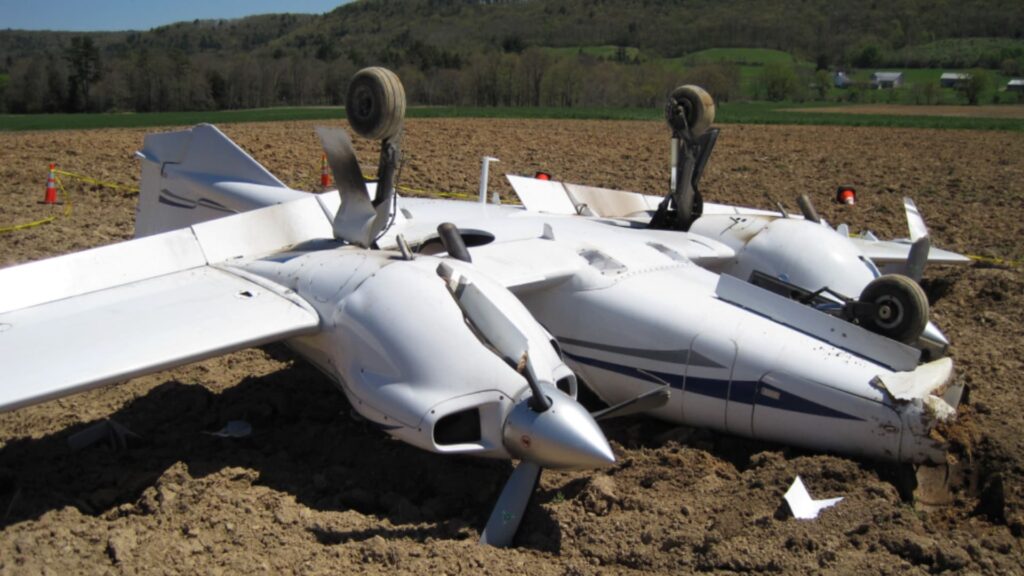


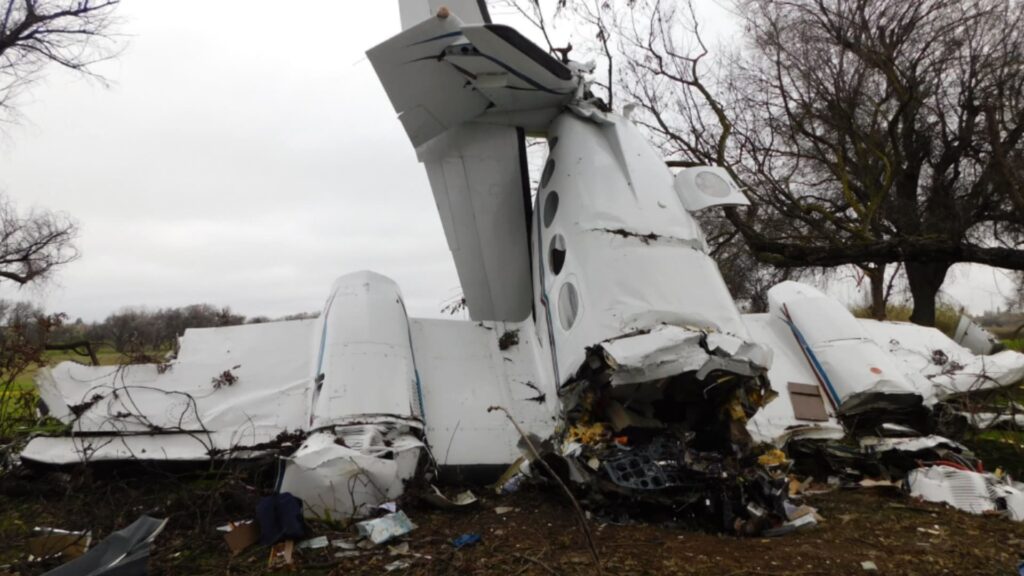
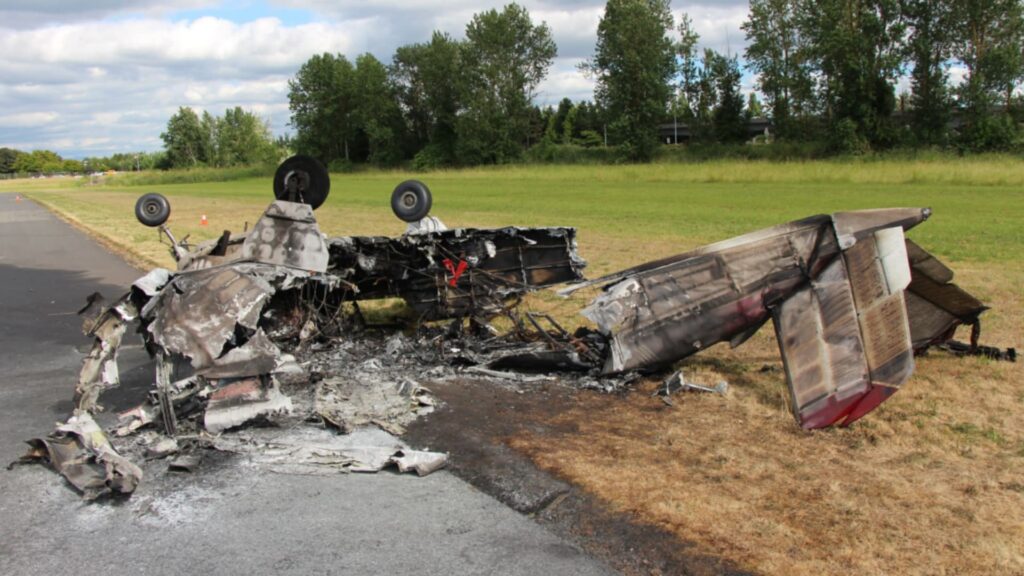
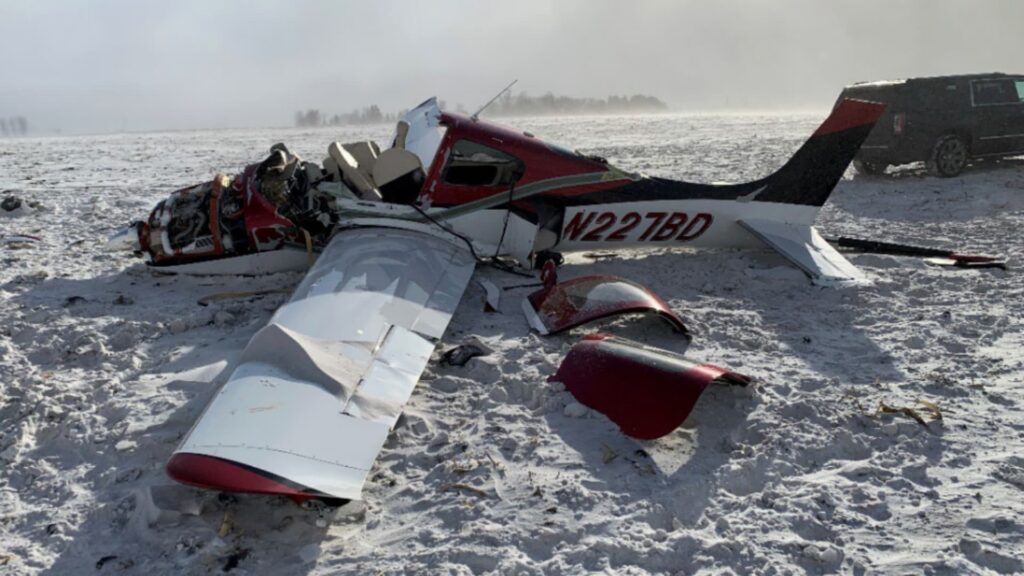
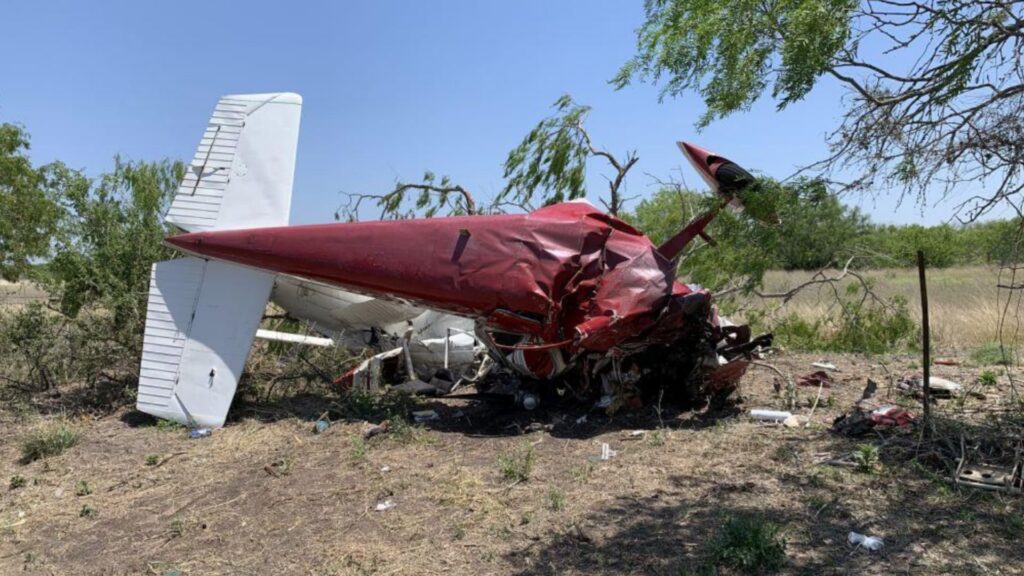
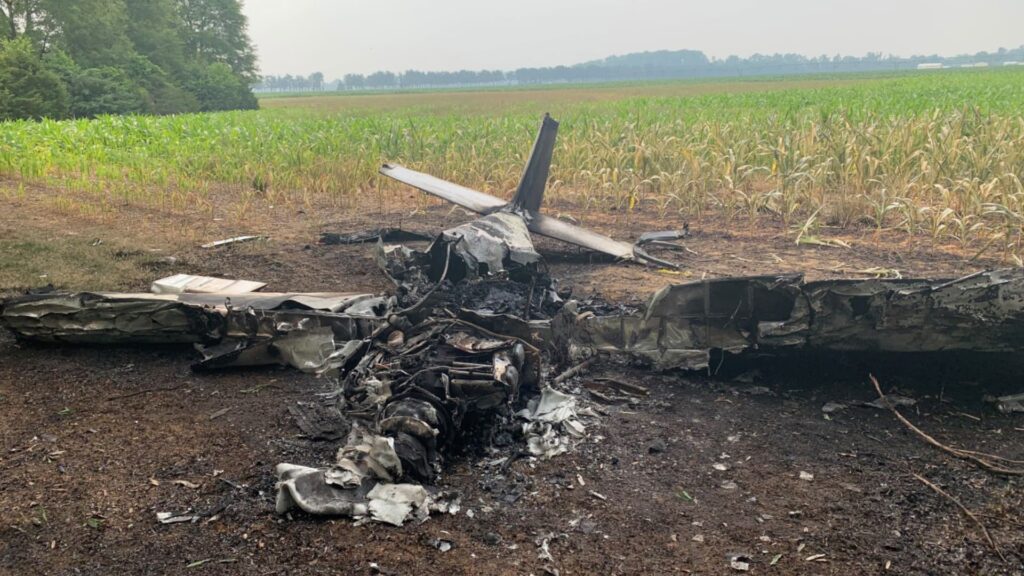
2 Comments
Excellent analysis! You hit the nail on the head when you said: “each case proves that experience alone is never enough.What keeps us safe is discipline: resisting cockpit distractions, respecting flight envelopes, and executing procedures with precision.
This should be repeated often, taking the place of emphasizing how many hours and certificates a crashed pilot has!
Great article. I guess things have changed. Used to only really shut things down in the simulator. Focused on checklists and used the call “simulate” loud and clearly. Focus was on aviating and checklists. Kept the mill turning in case it was needed.